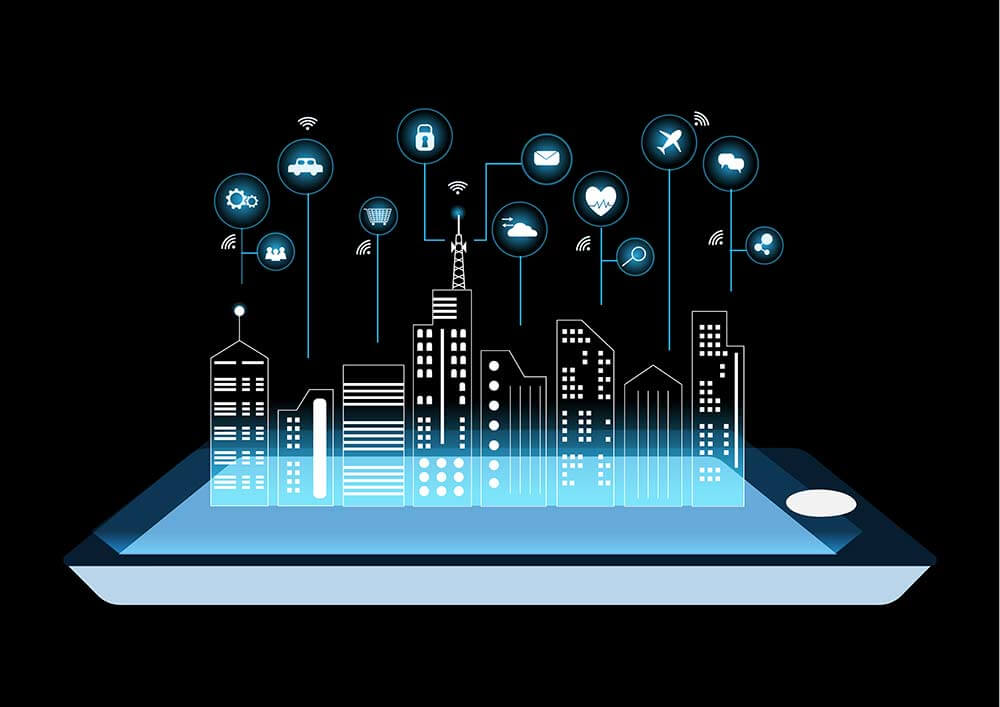Virtual reality creates a 3D world for people to explore and manipulate their future buildings. VR technology has revolutionized the way people experienced the construction process, allowing them to see how the project is going to be delivered step by step.

Virtual reality was originally developed a long time ago, to be precise it was in 1965 Morton L. Heilig developed what he called Sensorama which was capable of simulating a person’s every sense and featured stereo speakers as well as stereophonic 3D display.
VR has evolved a lot since then, it was incorporated into pilot training, combat training, advanced safety training, and so on.
Why is Virtual Reality incorporated into construction?
There has always been a broad gap between the language an engineer speaks and what the end users understand. The data-rich3D BIM models were successful in bridging the gap to a certain extent but there were still some limitations.
With the implementation into virtual reality into construction, it enabled the end users to virtually interact and experience the features of the proposed building.
How VDC (Virtual Design and Construction) is done?
VDC and BIM are not two separate entities rather VDC is an extension of BIM. Let’s see how VDC is done.
With the help of a game engine/ software, a realistic environment is created from the data-rich 3D BIM model. The realistic model is connected to a computer and converted to a Virtual reality model.

Using this, engineers, the different stakeholders and end users involved in a project can virtually view and interact with the building space and its features.
Advantages of VDC
#1. Improves the coordination between the various teams involved and end users
When it comes to the AEC industry the coordination between the engineers and the end users is as important as the coordination between the various teams involved in the project. Unlike the earlier days where there was comparatively less coordination among the various stakeholders, present-day construction practices demand better coordination.
When it comes to coordination among the engineers/architects and the end users, there has always been a gap between what the engineer/architects speak and how much the end users can perceive. Implementation of virtual reality to bridge the gap has been proved to be effective to improve the coordination between them.
#2. Reduce the chances of mistakes
On an average, in large-scale projects that do not implement VDC, the need to file RFI’s and handle field conflicts falls under 200-300 range. By implementing VDC, which enables the teams to virtually see the features of the building they can spot errors and correct them before translating the model into a physical building.
#3. Reduce costs
In any construction project, on an average of 1 to 2% of the total cost is spent on RFI’s and change orders. With improved coordination the chances of having errors in the final deliverable model areminuscule.
Which leads to timely completion of projects, no unexpected delays in the construction site implying to reduced costs of the project.
#4. Better safety at the worksite
A study conducted on the cost of construction fatality at the US showed that around $4 million was lost in accidents happening at construction sites. The safety of the workers in the site and end users are important and any potential issues that may or may not pose a threat can be identified, highlighted and sorted with a VDC model.

Because VDC can produce extremely detailed models rather block-like representation, a VDC model can be used for real assessment of safety issues and to find ways to rectify them.
#5. Build sequence
In order to maximize the returns on the investment on construction projects, the project has to be completed in the minimum possible time. Implementing the fastest and most efficient methods are imperative in achieving this feat.
This where VDC implemented projects have an upper hand over the projects which have not. VDC can be used to find the most effective methods for constructing the project and for effective use of resources and resource time.
Proper building sequencing is important to ensure that the project is run in a cost-effective manner by ensuring that only the materials actually needed at any one time are actually on site along with the professionals required to install them.
The additional advantages of using VDC includes:
- Virtual walkthrough for better visualization and experience
- Virtual mock-ups
- Enhanced MEP and HVAC coordination
- Predictive decision making.
The AEC industry though has been evolving throughout the years, it was reluctant towards implementing the most modern technologies like BIM and VDC. The reason being, the transformation to BIM and VDC was painstaking. The conventional methods that were used to date were inefficient to cope up with the present day demand of constructing sustainable and efficient buildings.
VDC greatly helps in eliminating the void between project management and design.
“VDC has proven to reduce overall schedules by 20%, reduce change orders to less than 1%, increase submittal approvals to 90%, and deliver a better experience for the team”
- Michael Schroeder, SGA’s VDC services director,
The transformation to BIM and VDC were truly revolutionary. The above-listed advantages of VDC are just a mere outline, more and more construction firms have begun adopting VDC in large construction projects. A lot of research is being done on the existing VDC technologies to significantly expand its scope in the AEC industry.
K Shakti Prasad is an Electrical engineer with a passion towards writing. He has more than 4 years of experience in writing for various travel and marketing websites. Being a tech enthusiast he decided to switch his career over to writing for the AEC industry. He is currently working as a full-time content writer for Advenser LLC, a leading BIM and VDC service provider.